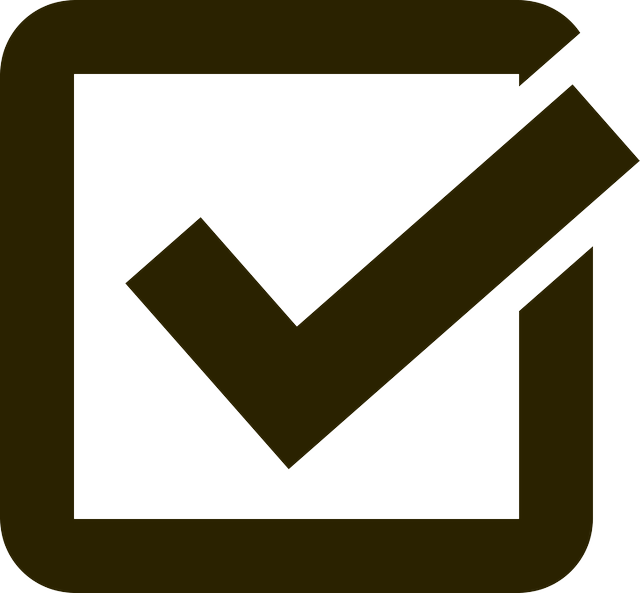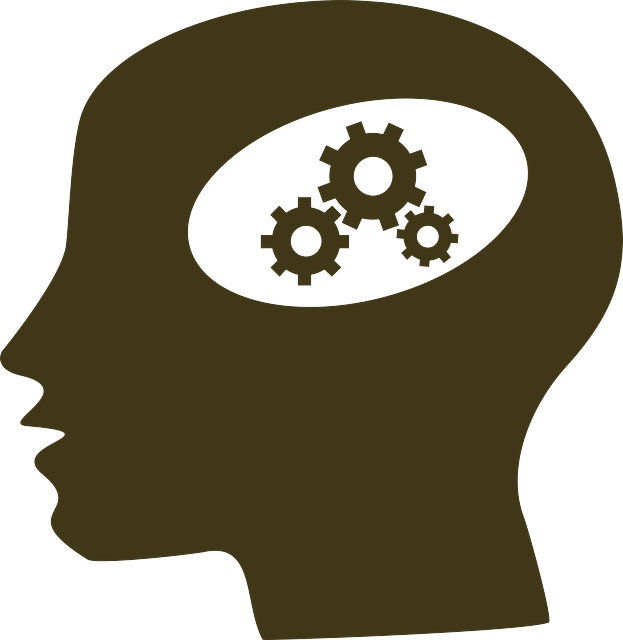Philosophy & Process
I believe that the learner’s needs and context should always be at the center of design. This ensures the relevance of the content, and effectiveness of the instructional intervention.
I created five rules for myself to follow in order to be the best ID I can be!

My Rules for Instructional design:
- Design should always account for and prioritize the target learner needs and context by utilizing empathy.
- Design should make the content, activities, and feedback relevant, useful, and meaningful to the learner’s real-world context.
- Design should always be tracible back to the learning outcomes.
- One main function of ID is to the ruthless management of cognitive load.
- Regularly communicate/update stakeholders and managers on design projects.
While I like to use Backwards Design in my process, I felt that was not enough to make sure my above rules were followed. I needed a way to make sure my design process had more depth to account for learner’s needs. So, I created a way to make sure my process had some “soul.”
Taking influence of both Cammy Bean’s The Accidental Instructional Designer (2014) and Julie Dirksen’s Design for How People Learn (2016), my learning experience design matrix ensures the learner is prioritized. With the learner outcome, context, attention, and memory accounted for, the whole design become inherently learner oriented. It combines the learner’s needs with the functionality of the backwards design.

“Body and Soul” Learning Experience Design Matrix
| Learner Outcome | Learner Context | Learner Attention | Learner Memory | |
| Learning Outcome | What do you want the learner to be able to do after completing this program? | What is the learner’s knowledge or skill gap, and why should it matter to them? | How do we show what’s in it for the learner or “WIIFM”? | Does the content to be learned require/aim for developing tacit/implicit memory, or declarative/semantic memory? |
| Evidence of Learning | How do we ensure the learner takes away something real and tangible from the learning experience? | What does the learner need to be able to do to use this information in the real-world? | What is a useful and quantifiable accomplishment that gives the learner satisfaction? | How does the instruction facilitate the learner’s integration of new knowledge into existing LTM mental models & Schemas? |
| Practice Activities | How much practice does the learner need? | How do we uncover what the learner already knows while exposing knowledge gaps? | How does this make the learner feel smart, competent, and in control of the environment, and have the ability to improve those feelings? | Does the method of retrieval in learning/practice activity match the method of retrieval in the real-world context? |
| Content | What’s the minimum I need to communicate for the learners to achieve the desired outcome? | Is this piece of content specifically or contextually related to what is to be learned? | How does this appeal to the automatic, visceral, emotional “elephant” brain? | How do we ensure the learner is only interacting with no more than 5 items/chunks at a time? |
